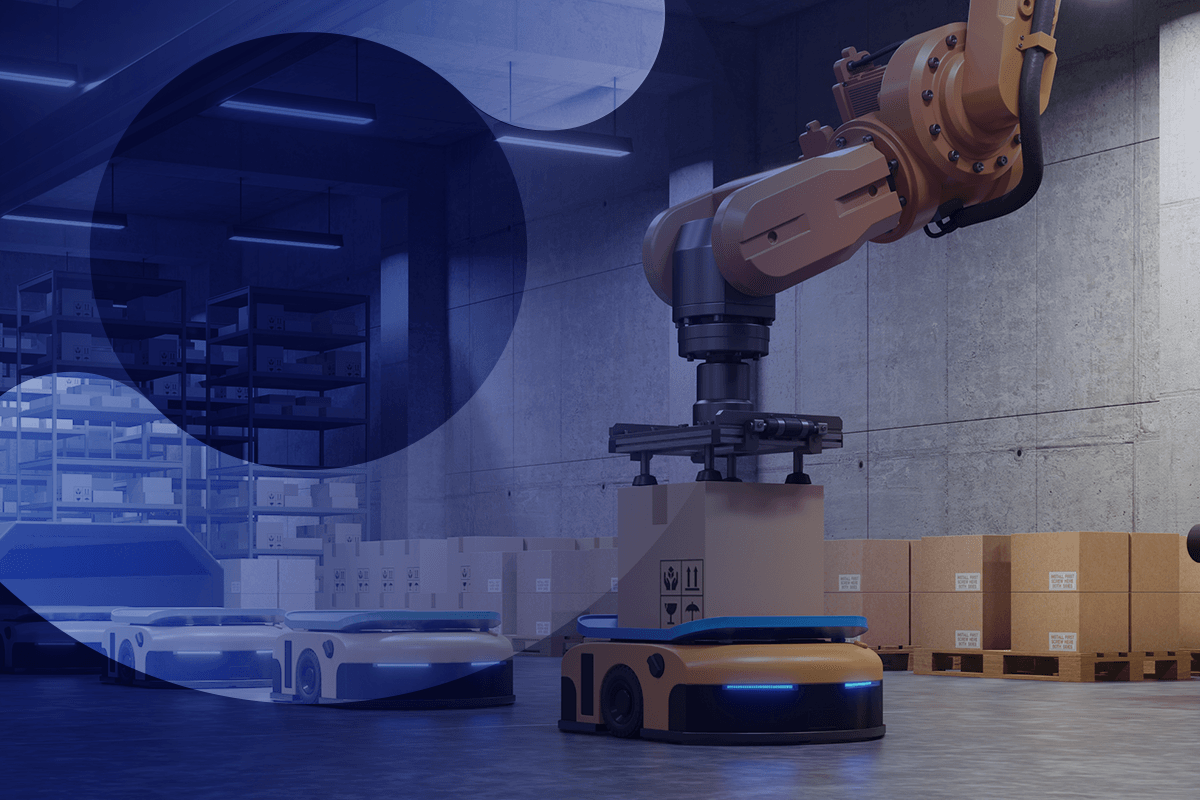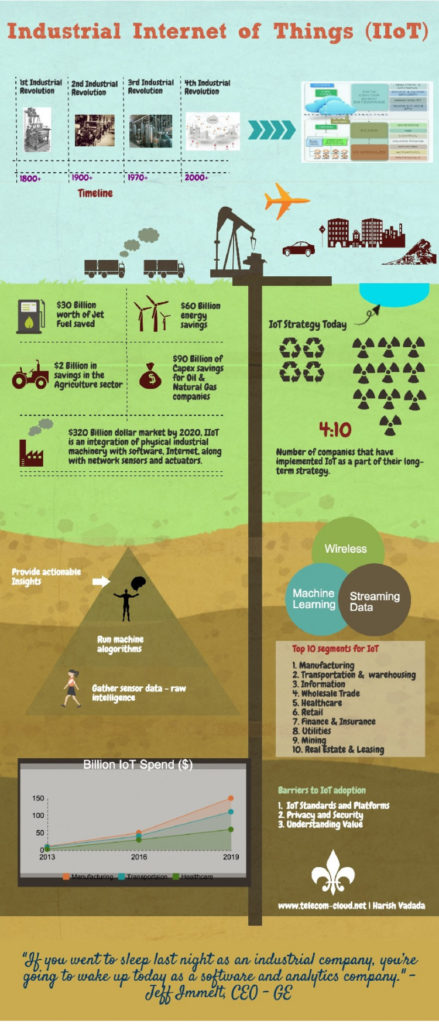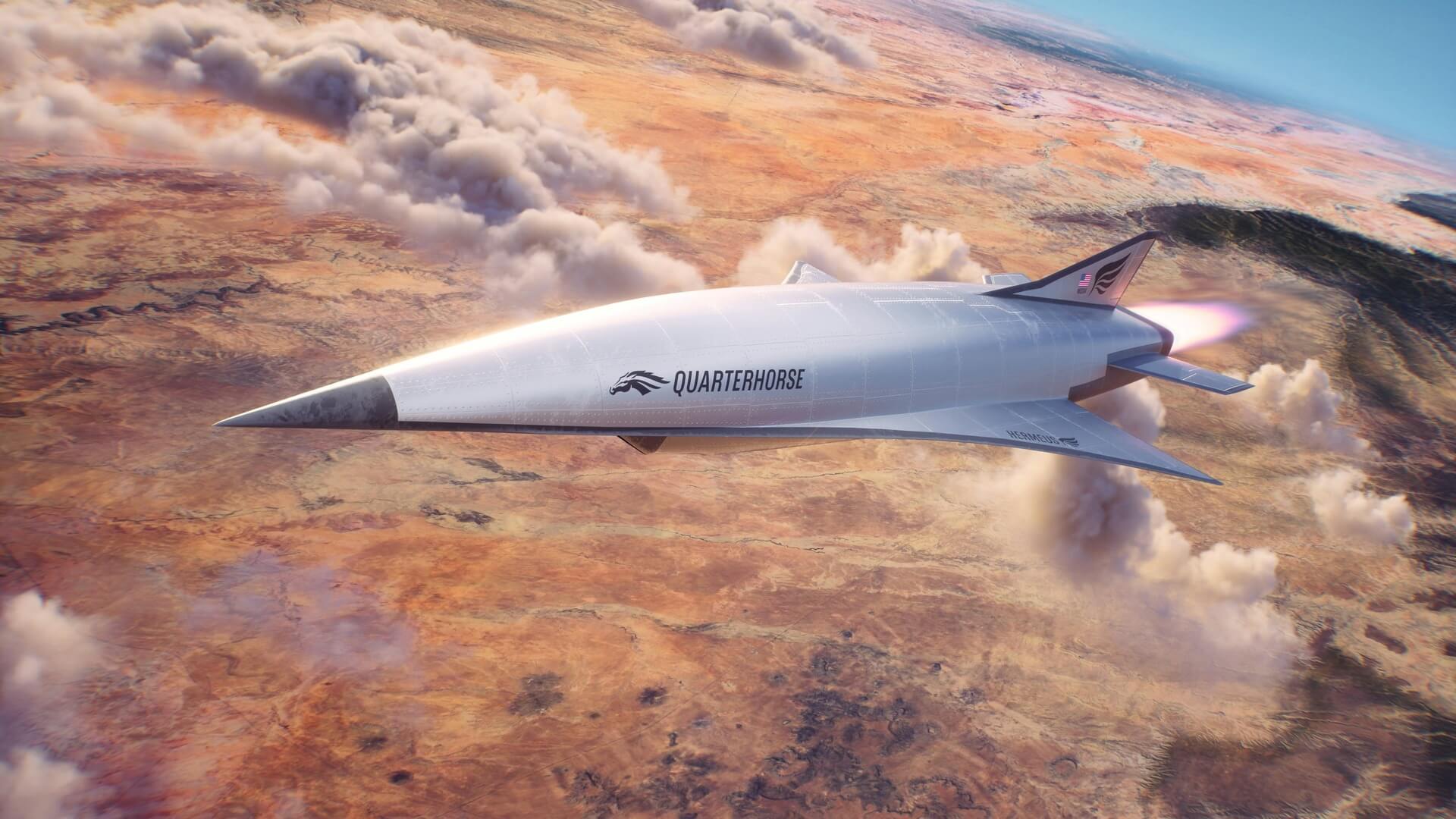
The Future of Your Supply Chain Involves Robotics
December 19, 2017 - Emily Newton
Revolutionized is reader-supported. When you buy through links on our site, we may earn an affiliate commission. Learn more here.
There are several things happening currently in the world of modern technology that will soon disrupt many industries, including the supply chain. They include the Internet of Things, 3D printing, AI and automation, advanced robotics, blockchain, big data and more.
As the technology and hardware involved become more capable and more powerful, we’re seeing a growing amount of enterprises sign on. Amazon has amassed a remarkably large robot workforce, and installed robots in many of their warehouses. Acrolinx is an AI tool that specializes in natural language processing, and major brands such as IBM and Microsoft use it for content creation. Target even leveraged big data and analytics to promote to a pregnant mother before the rest of her family knew what was going on.
Of course, while innovative and promising, none of these scenarios really tie back into the supply chain or distribution services. What are some ways technology is shaping the future of the industry? What does the supply chain of the future look like?
1. Advanced Robotics Will Become More Natural
In general, supply chains and robotics go together like peanut butter and jelly. Many of the tasks and responsibilities handled by supply chain automation are possible thanks to specialized tools or hardware. They are designed to conduct and complete the menial, tedious tasks no human would ever want to. In some cases, they also do the dangerous work so human laborers stay safe.
That said, a robotic arm that can lift items and move them to another location — such as a conveyor belt — is not necessarily the future. These types of machines have been around for decades now. Advance robotics outfitted with AI systems are the wave of the future. This includes devices such as drones, cobots, droids and even computer systems designed to control a process or function.
If you think these things are far from being developed and deployed, you’d be dead wrong. Those Amazon robots we mentioned earlier are designed to completely automate their warehouse and fulfillment centers. They’re even working with the idea of using drones for local delivery. These systems will become more common over time. Experts expect worldwide spending on robotics will reach $135.4 billion in 2019.
2. Optimized Supply Chain Automation Will Follow
Along with advanced robotics, automation will follow suit, at least the kind powered by artificial intelligence and data analytics. You might as well consider it the “next generation” of automation, because it will truly be contextual and smart. We’re talking about systems that need less human oversight than ever before: entire factories or processes comprised of just automation hardware and responsive networks.
It sounds crazy, especially when you say it out loud. Realistically, however, we live in a world where vehicles can now park and drive themselves. Before long, automated transportation will be old news and we’ll see these vehicles on the roads everywhere. Similarly, automated vehicles can handle distribution and transportation, so they have the potential to disrupt the supply chain.
3. Internet of Things
It’s hard to imagine IoT being disruptive in the near future, especially considering the most popular forms of this technology in the consumer space. Smart home products, while convenient, are still largely inefficient at times. Think of a smart video doorbell that cannot access the network when it drops an Internet connection.
But IoT for enterprise, especially for supply chain automation, will be much more capable and reliable. Smart shelves and machinery, for example, are designed to measure and react to environmental changes. Consider an automated shelf that moves along a track. Equipped with IoT, it can identify an employee stepping in its path, subsequently halting movement for safety.
In the years to come, IoT will grow in terms of adoption, evolution, reliability and certainly value.

4. Big Data, Predictive Analytics and Machine Learning
While they are separate technologies, big data, analytics and machine learning are all directly connected. Without big data systems, the performance and activity tracking necessary to build usable insights through analytics wouldn’t be possible. Machine learning enables us to leverage those insights and pick up on trends and actionable insights. Machine learning tools such as IBM’s Watson can scan and assess data to extract more usable information.
In the near future, however, expect to see these systems used increasingly for predictive analytics. Demand planners will be able to tap into forecasting tools to discern and predict market conditions, performance and more. Traditionally, this would take even a sizeable team months to pour over loads of data, optimize processes and measure it all up to current industry trends. Now, machine learning can use advanced algorithms to get this done quickly, with a higher degree of accuracy.
5. Blockchain
Cryptocurrencies are essentially powered by a secure public ledger, called blockchain. Expect to see this spread across the enterprise world, especially in financial markets. Its potential is unprecedented, namely regarding security and authenticity for records.
Blockchain will introduce visibility and transparency to the modern supply chain. Everyone from a partner to a rival, and even consumers could see supply chain details stored via blockchain format. The trackable information will also be more helpful and detailed, including movement of shipments and processes, total time to completion and even distance. Not only will this work to establish trust between organizations, it will also help prevent fraud in the industry.
6. Bleeding-Edge Technologies Will Do Wonders for the Supply Chain
It may be a while before we see all the technologies on this list implemented on a wide scale, across major organizations and suppliers. That said, the time is coming, and soon. Many leaders are starting to catch on to the inherent benefits these platforms have to offer, especially regarding performance and efficiency. Predictive analytics and big data can help make more informed, more successful decisions.
Automation and robotics can cut down on labor costs and workplace dangers, and even boost efficiency. Blockchain will provide the security and transparency the supply chain industry has lacked for quite some time now. We could probably continue with the list, but we’ll stop there. The most important takeaway from reading this is that modern technologies will soon revolutionize many aspects of the supply chain. It’s a welcome change, and one that will work to aid many organizations, teams and consumers the world over.
Revolutionized is reader-supported. When you buy through links on our site, we may earn an affiliate commission. Learn more here.
Author
Emily Newton
Emily Newton is a technology and industrial journalist and the Editor in Chief of Revolutionized. She manages the sites publishing schedule, SEO optimization and content strategy. Emily enjoys writing and researching articles about how technology is changing every industry. When she isn't working, Emily enjoys playing video games or curling up with a good book.






